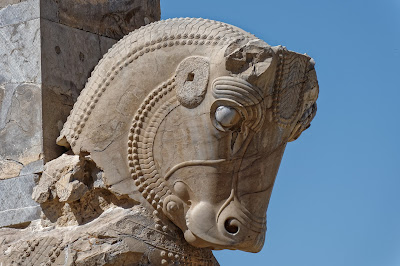#16 - Zugspitze
Lake Constance and Allgäu
Friedrichshafen - Highlights
- Zeppelin Museum: Friedrichshafen is closely linked to the history of zeppelins, and the Zeppelin Museum is a must-see. It shows the history and development of zeppelins as well as models, photographs and interactive exhibitions.
- Schlosskirche Friedrichshafen: This historic church was built in the 17th century and is an impressive example of baroque architecture. The church also offers a beautiful view of Lake Constance.
- Dornier Museum: The Dornier Museum is dedicated to the history of aviation and aerospace and in particular to the work of aircraft builder Claude Dornier. Here you can explore an impressive collection of aircraft and exhibits.
- Graf-Zeppelin-Haus: The Graf-Zeppelin-Haus is a cultural and congress centre that hosts a variety of events such as concerts, theatre performances and exhibitions. It is also architecturally interesting and impressive.
Lindau - Highlights
- The Old Lighthouse: The Old Lighthouse is a landmark of Lindau and offers a breathtaking view of the town and Lake Constance. You can climb the tower and enjoy the view from the platform.
- Lindau Harbour: The harbour is a picturesque place with historic buildings and an impressive waterfront promenade. Here you can admire the many boats and ships and enjoy a relaxed atmosphere.
- The old town of Lindau: With its narrow streets and historic buildings, the old town of Lindau is a charming district well worth seeing. The market square with the Lion Fountain and the Old Town Hall is particularly impressive.
Via Ludwigshafen, Meersburg, Friedrichshafen, Oberstaufen, Immenstadt to Wertach, first flat along Lake Constance, then quite hilly along the alps. Very hot day again.
Transfer to base camp
Short transfer trip via Nesselwang, Reutte, and Plansee to Garmisch, my base camp for Everest tomorrow.
Mountain #16 - Zugspitze
Mountain #16 - Zugspitze, Bayern
Bavaria, located in the southeastern part of Germany, is the largest state in the country in terms of land area, covering approximately one-fifth of Germany's total land area. It spans an impressive 70,550.19 km2. While it has a population of over 13 million inhabitants, making it the second most populous German state after North Rhine-Westphalia, its population density is lower than the national average due to its expansive size. The prominent cities in Bavaria are Munich (the capital and largest city, ranking as the third largest city in Germany), Nuremberg, and Augsburg. The history of Bavaria dates back to its early settlement by Celtic tribes during the Iron Age. In the 1st century BC, the Roman Empire conquered the region, incorporating it into the provinces of Raetia and Noricum. Following the collapse of the Western Roman Empire, Bavaria became the Duchy of Bavaria in the 6th century AD, which was a stem duchy. It later became a part of the Holy Roman Empire and eventually gained independence as a kingdom in 1806. Bavaria joined the German Empire led by Prussia in 1871 while retaining its royal title, and in 1949, it became a state within the Federal Republic of Germany. Bavaria possesses a distinct culture influenced by its Catholic heritage and conservative traditions. This cultural identity is reflected in its language, cuisine, architecture, festivals, and the presence of Alpine symbolism. Additionally, Bavaria boasts the second largest economy among German states based on GDP figures, positioning it as a prosperous region in Germany. In its contemporary form, Bavaria includes regions from the historical areas of Franconia and Swabia.
At 2,962 metres, the Zugspitze is the highest mountain in Bayern, and Germany.
The range of vision was quite limited at the top, I had to take pictures of panorama displays to get an impression of the surroundings.
Early up (at 4am) and a preliminary message on the success of 16 c - 16 s. It rained in the morning, the view was limited, some people turned around because they could not find the way in the fog. Zugspitzplatt to Münchner Haus was indeed a bit tricky, windy and quite a bit of snow at narrow steep places and cables to hold on to below that snow. But in the end the mountain was defeated. Back to Garmisch and Munich.
back in Munich
Quite some rain this morning and I did not start until 8am. With a stop in Sindelsdorf, like Murnau, was a center of the community of the Blauer Reiter. Franz Marc, Jean-Bloé Niestlé and Heinrich Campendonk lived here from 1909 to 1914. Many famous paintings such as The Tower of Blue Horses by Marc were created in Sindelsdorf. And another stop for coffee in Penzberg. Via Wolfratshausen and Pupplinger Au north to Munich.





























